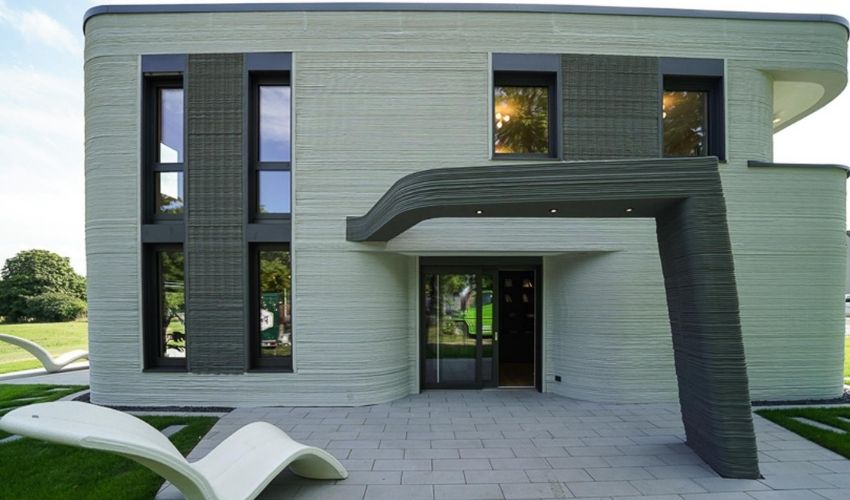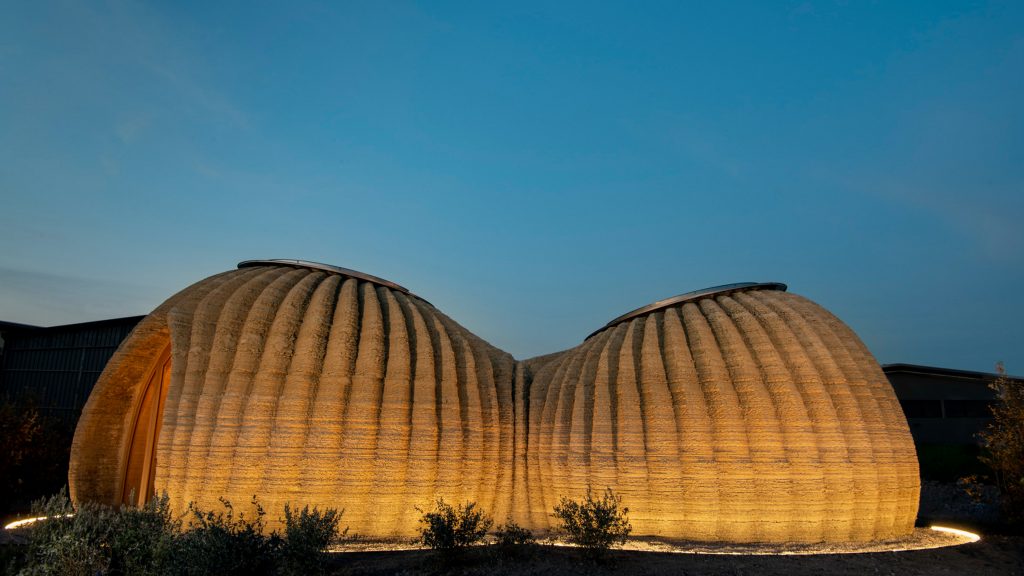jar546
CBO
Still in its infancy with technology improving while in R&D, this looks promising in the right climate. Very interesting.
Your premier resource for building code knowledge.
This forum remains free to the public thanks to the generous support of our Sawhorse Members and Corporate Sponsors. Their contributions help keep this community thriving and accessible.
Want enhanced access to expert discussions and exclusive features? Learn more about the benefits here.
Ready to upgrade? Log in and upgrade now.
I am rather confident that since this is all R&D, there is certainly a level of engineering involved as they continue to develop this technology and figure out the best use for these types of structures. In my humble opinion, this is a long way off from the point where it can be used as a functional, occupied building, even if an R3, for example. It appears to have a concrete foundation in place. Technology has to start somewhere. Concerning the building code, I am not sure this would even qualify under alternative methods and materials at this point due to so many other factors not being addressed. I am sure that by the time this is ready for commercial use, there will be an army of engineers performing calculations and testing.The building code wouldn't know what to do with 3d printing. You might suggest using IBC Section 104.11 but I suggest that most building departments do not have the technical expertise to evaluate such proposals. In addition 104.11 was intended for one off exceptions. If you used 104.11 to justify a generic solution the building official would have in effect modified the building code, a power he does not have. The problem is that in our system of laws adoption and modification of laws, including building codes, must be adopted by a properly empowered legislative body.
While 3 D printing is intriguing more research is needed to understand how it can be used. A major concern is that 3D printed concrete typically does not have reinforcing bars. For example, this could create real problems if the structure is subjected to earthquakes or uneven ground settlement. I suspect that we would need other tests to sample the concrete to verify concrete strength.
Injecting soil and local materials in the concrete is a real concern since it will not perform the same was as traditional concrete.
The end result is that it is questionable whether a building official has either the technical expertise or legal authority to permit a structure using 3D printing of a structure using soil from the site.

What remains unanswered is, who will buy them and secondly will builders invest in the printer that will do the job? Maybe the builder gets cut out of the loop and using GPS, the structure is printed from the design firms office. Also left unaddressed are Specialty Codes and their application. I think it is important to keep in mind that these printers print horizontally which makes them kind of a "one trick pony". Get back to me when printers can printed metal{s}. There may be some application here, however it appears there are severe limitations in the residential arena.Still in its infancy with technology improving while in R&D, this looks promising in the right climate. Very interesting.

 www.cnn.com
www.cnn.com
That's why you add fish, preferably invasive Tilapia or something equally problematic. Mosquito eats you, fish east mosquito, you eat fish. Sounds like the circle of life right?Well Jar if they did that in South Florida the "lake" they created would become an instant mosquito breeding ground. Also the "lake" will be classified as a wetland (did you notice the cattails) by some, if not all local, state or federal agencies.
Only time and the free market will determine if this takes off in developed nations


